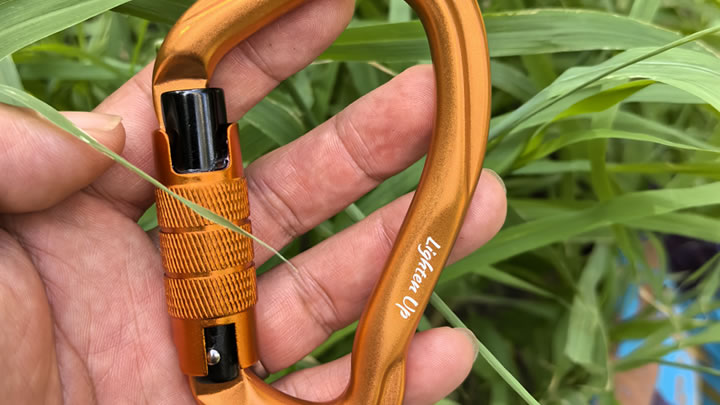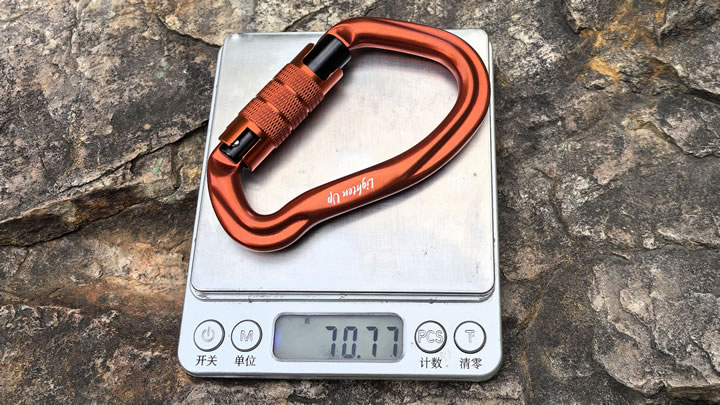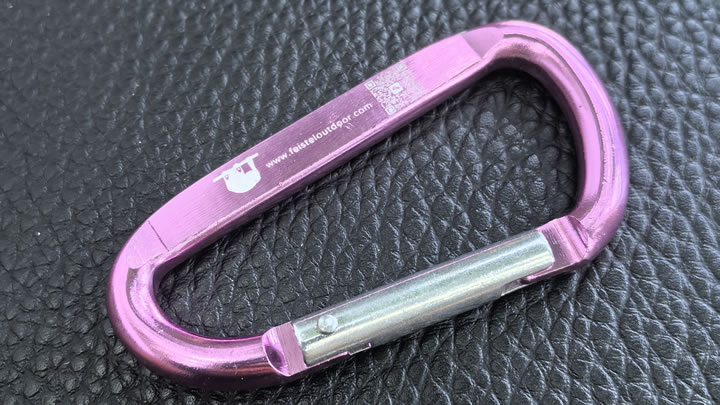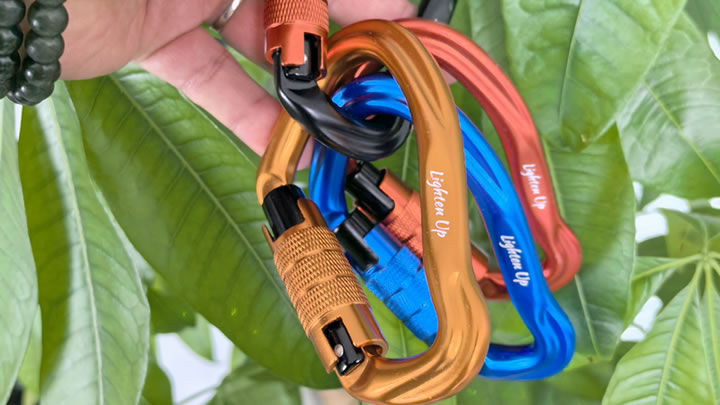What is the weight limit of a climbing carabiner?
Climbing carabiners are critical safety tools, but their weight limits aren’t as simple as a single number. Understanding their capacity requires decoding technical ratings, load directions, and certifications. Here’s a breakdown to help climbers make informed decisions.
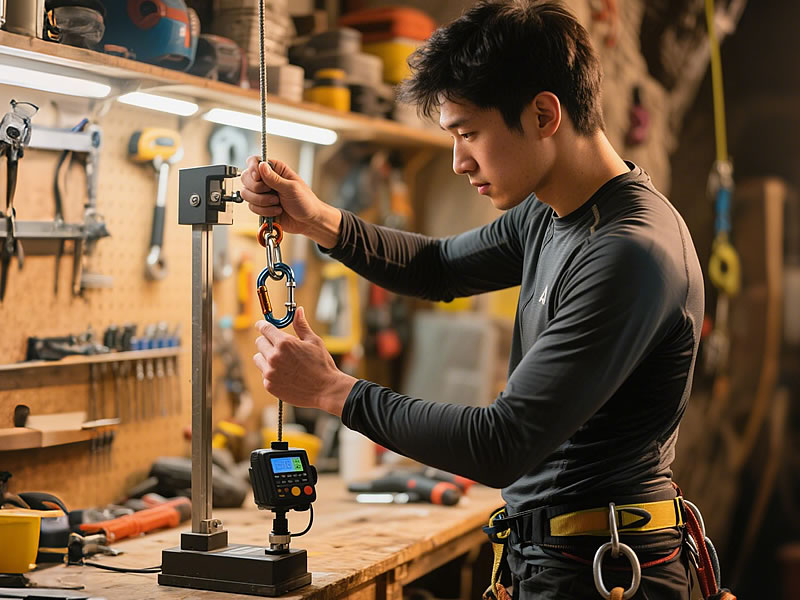
kN Ratings: The Science Behind Strength
Carabiners list strength in kiloNewtons (kN), not pounds. One kN equals roughly 225 lbs of force. Most standard carabiners have:
- Longitudinal (major axis): 20-30 kN (4,500-6,700 lbs)
- Transverse (minor axis): 7-10 kN (1,500-2,250 lbs)
- Open gate: 5-9 kN (1,125-2,025 lbs)
Strength drops significantly when force is applied sideways or if the gate is open. For example, a 25 kN carabiner (5,600 lbs) can handle a fall vertically but may fail at just 15% of that load if pulled sideways.
Certifications: UIAA vs. CE
All reputable carabiners meet UIAA (International Climbing and Mountaineering Federation) or CE (European Conformity) standards. These certifications require:
- Strength testing: Simulated falls with dynamic loads.
- Gate durability: 10,000+ open/close cycles.
- Corrosion resistance: Salt spray exposure tests.
UIAA standards are stricter, mandating higher minimum strengths (e.g., 20 kN major axis vs. CE’s 15 kN). Always prioritize UIAA-certified gear for climbing.
Material Matters: Aluminum vs. Steel
- Aluminum: Lightweight (30-50g), ideal for sport climbing. Most models meet 22-28 kN.
- Steel: Heavier (80-120g) but more durable. Used for via ferrata or rescue (30+ kN).
Top Carabiners by Use Case
| Model | Material | Major Axis (kN) | Best For |
|---|---|---|---|
| Petzl Spirit | Aluminum | 23 kN | Sport climbing |
| Black Diamond HoodWire | Aluminum | 24 kN | Mixed climbing |
| Edelrid Strike SL | Steel | 32 kN | Rescue/via ferrata |
Safety Checklist
- Avoid side loading: Orient carabiners to load vertically.
- Check for wear: Replace if gates stick or grooves are visible.
- Never exceed limits: Even a 30 kN carabiner can fail at 5 kN if misused.
- Mix with caution: Steel gear can damage aluminum carabiners.
The Myth of “Stronger Is Better”
A 30 kN carabiner isn’t inherently safer than a 22 kN one. Most climbing falls generate 3-8 kN of force. Prioritize proper use over max ratings—misloading or gate interference causes 90% of failures.
When to Retire a Carabiner
Replace carabiners if:
- Deep scratches or grooves appear.
- The gate doesn’t close smoothly.
- Exposed to harsh chemicals (e.g., battery acid).
By combining technical knowledge with disciplined inspection habits, climbers can trust their gear to perform when it matters most. Always prioritize certified equipment and remember: weight limits mean little without proper technique.

